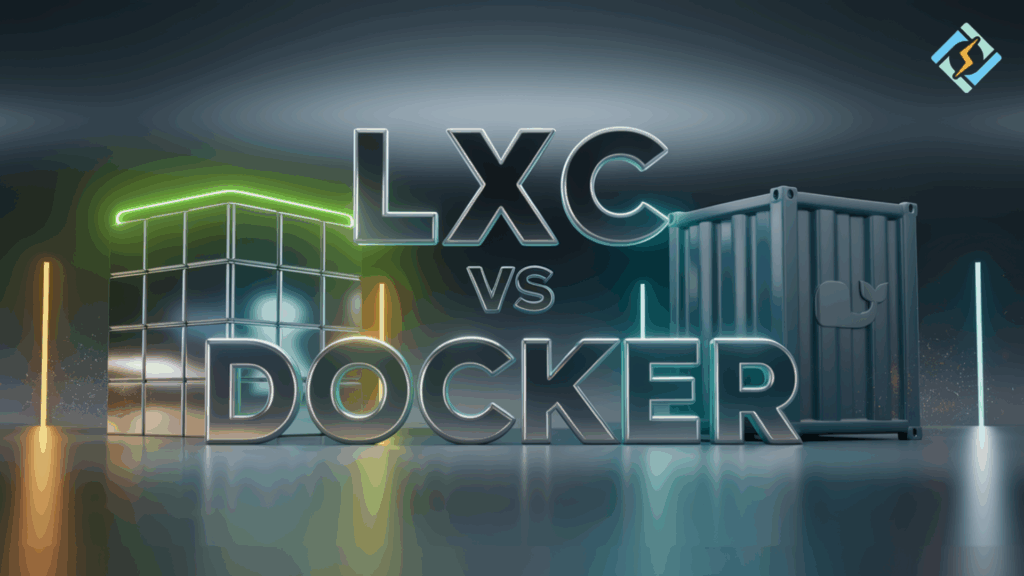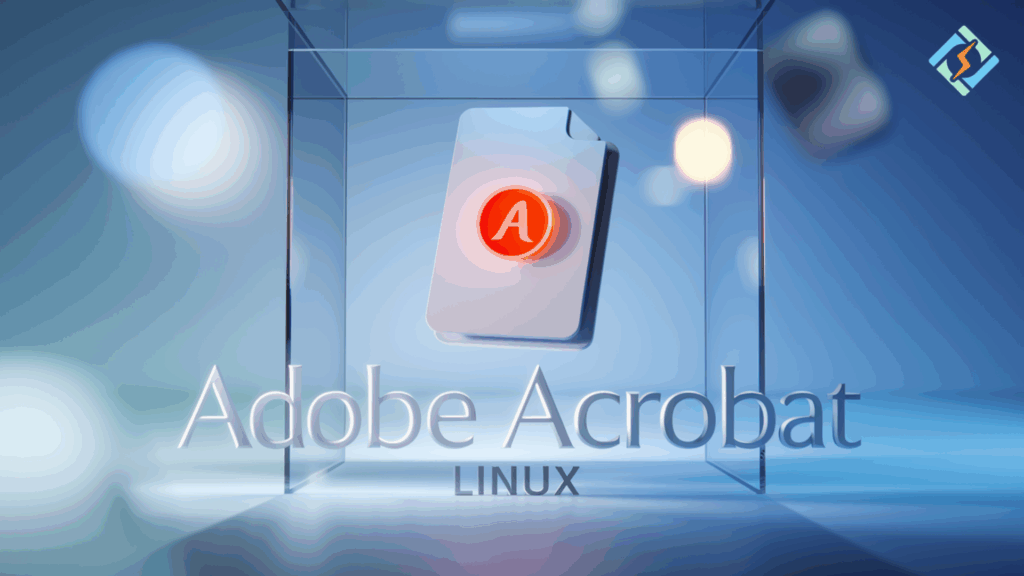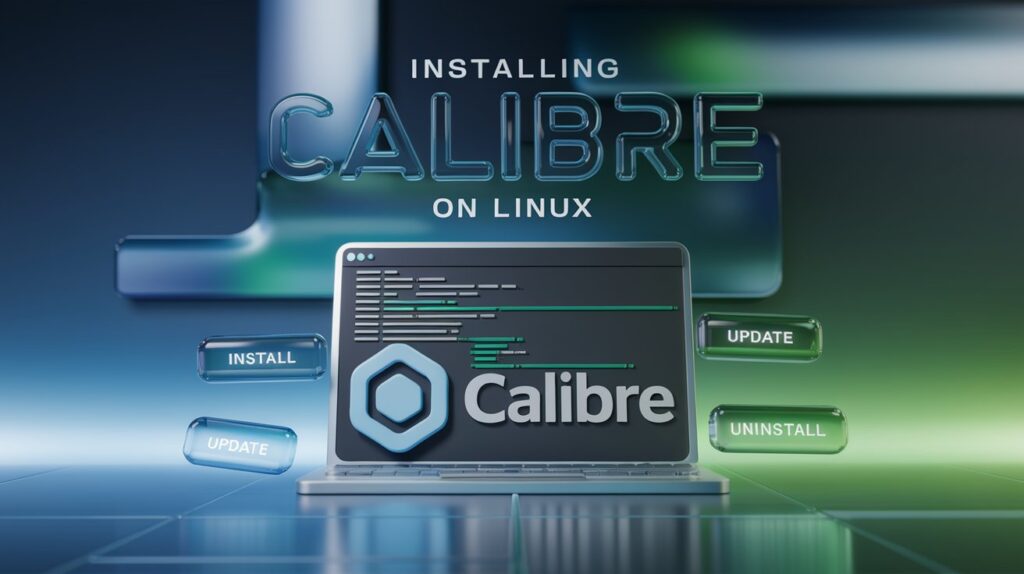Powerful WireGuard Docker Setup for Secure Networking

Contemporary server environments typically use private, encrypted connections to ensure security. WireGuard Docker provides an efficient, fast, secure VPN option that works well with containers. Whether you’re hosting applications, linking remote servers, or creating a secure lab environment, WireGuard running in Docker gives you the ability to manage your own network with minimal overhead. This […]
Secure Networking with Tailscale Docker Setup

Establishing reliable and private networks between servers, containers, and devices can be a significant hurdle. Tailscale Docker changes that. Tailscale allows you to run Tailscale inside containers and connect it to your private mesh VPN without much configuration. It may help simplify server access, secure containers, or build a private lab. Tailscale provides a nice […]
Master Docker Init: Quick Start Guide for Containers

The docker init command is especially useful when working with Docker Compose init, initializing SQL databases in containers, or even setting up Docker Swarm clusters. Instead of creating YAML or config files from scratch, Docker generates them for you, ensuring consistency and saving time. For developers managing complex microservices or simple applications, docker init reduces […]
LXC vs Docker: Ultimate Showdown!

When it comes to containerization in Linux, there are two popular tools to rage a debate: LXC vs Docker. Both have a way to isolate applications, but they execute differently. LXC (Linux Containers) is focused on lightweight virtualization at the OS level, while Docker containers focus on packaging applications and deploying them more simply. For […]
Nice and Renice Command in Linux: Your One-Stop Guide!

Linux is famous for its ability to operate multiple processes at the same time. Many times it so happens that a heavy process utilizes a lot of resources, causing the functioning of the entire system to slow down. This is where the nice and renice command in Linux step in. They help you set the […]
Secure Files with Chattr Linux Command

File security is a serious issue for all Linux users. Errors, inadvertent edits, and unauthorized changes can cause immense issues on a system. That is where chattr Linux comes into play. This is a command-line utility that allows you to modify file attributes to add an additional layer of protection to sensitive files. The chattr […]
Powerful Jack for Linux: Complete Guide 2025

Jack for Linux is among the most advanced password recovery and security testing applications currently offered on the market. Multiple ethical hackers, developers, and penetration testers have trust in this software because it is fast and versatile. It is built to work with a variety of encryption methods and can work seamlessly with any Linux […]
Adobe Acrobat Linux: Learn to Install in 5 Minutes (2025 Guide)

If you are a Linux user, you might be struggling to open, edit, or sign PDF files using Adobe Acrobat. The official support mostly targets Windows and macOS from Adobe. It gives a presumption that Adobe Acrobat Linux is not available. However, with the right approach, you can run Adobe Acrobat seamlessly on Linux systems. […]
Linux Games: Your Guide To Play Games on Linux

In the past decade, gaming was considered a weak point for Linux users. Many thought that Linux had not caught up with the gaming expectations of modern-day users and that it was behind Windows. It was true for a time, but it has certainly changed a lot since. Nowadays, Linux games are real, with substantial […]
Vagrant vs Docker: Ultimate Comparison For You!

It can be challenging for developers to choose between Vagrant vs Docker when wanting a dependable and speedy local environment. Both are popular tools for local development, but they have different purposes. Vagrant is used to create complete virtual machine environments, while Docker allows the use of lightweight containers that use the host system. Understanding […]
Docker Prune Mastery: Clean Your System Today!

You know that Docker is a powerful tool for containerization. But what if you don’t maintain it properly? Your system will quickly fill up with unused images, containers, and volumes. This is where you need docker prune command. It is there for you to keep your environment clean. This command will save you time and […]
Installing Calibre Version on Linux: Your Complete 2025 Tutorial!

Are you the one who loves reading eBooks regularly? If yes, you have definitely heard about Calibre. It is one of the most powerful open-source eBook management tools. You can face challenges while installing Calibre version on Linux. Especially when dealing with dependencies, package managers, or updates. Linux is not like Windows or macOS, it […]

